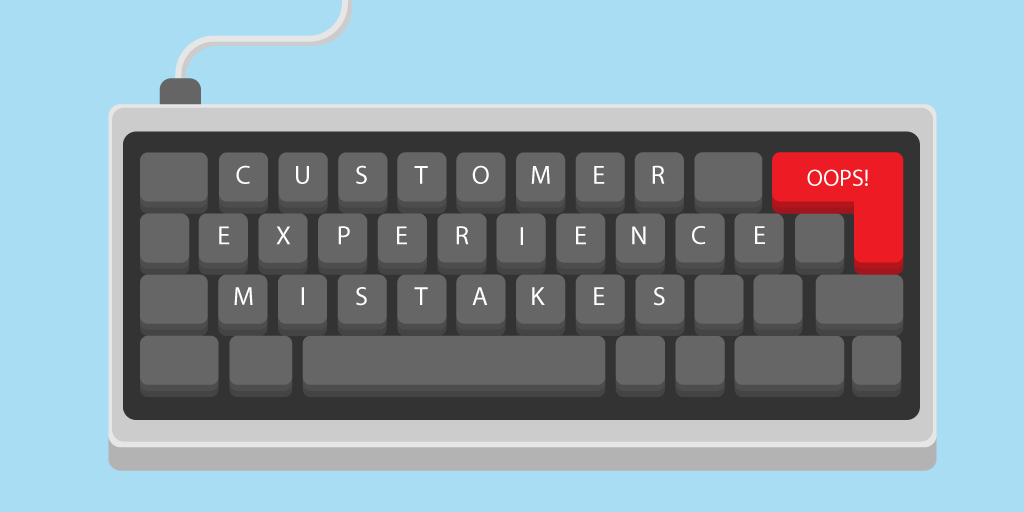When people hear “self-service”, they usually think it’s somehow related to self-help books or do-it-yourself guides: a person opens up a manual, scans the pages for some advice, and then goes on solve some issue.
The reality… is not that far away from the truth, actually.
For many customers out there, self-service is the preferred way of troubleshooting. If your company wants to capitalize on that, you need to start providing good self-service options.
Speaking of self-service, did you know that is the best way of getting rid of lines? Sign up for a free Qminder trial, and let your visitors efficiently deal with queues.
Why Self-Service Matters
Many companies invest heavily in customer support, but the cost efficiency of these efforts are not always something to write home about.
But why is that? Is customer support not enough, do customers require even more help? The answer is surprising in its simplicity: most customers choose not to contact customer support.
According to various studies, only 5% of customers who experience issues reach out to customer support for help. The rest, either due to their circumstances or unwillingness to ask for help, are left to their own devices.
The most important thing is, of course, speed.
39% of modern consumers expect a reply within four hours. But not all emails are answered within 24 hours, much less one sixth of that.
As digital technologies are approaching, the patience runs its course. The quicker the platform, the less time you have to reply an inquiry: for 55% of Twitter and Facebook users, a reply must come in less than four hours.
That’s why many customers turn to self-service options instead. The old adage is as applicable as ever: in times of trouble, who you can trust more than yourself?
While customers may not get the answer as quickly, the involved process of troubleshooting creates a feeling that they are accomplishing something even when they’re only at the beginning stages.
It’s not all about your customers, either. You and your company may also greatly benefit from allowing self-service.
In fact, there are three concrete reasons why you should implement self-service right now.
The Benefits of Self-Service
More Efficient Use of Resources
The headline speaks for itself: the best part of self-service is that it requires no extra investments on your part. After you’ve invested in knowledge bases, FAQs and other means of self-service, the rest lies on the shoulder of your customers.
Of course, with each new change and new feature added, you need to update your knowledge bases, so the amount of effort isn’t exactly zero. But it is far lower than the alternative.
Forrester surveyed companies who provide online customer support and found out that each chat interaction cost $0.4, and each voice interaction cost $1.40. Multiply that by the amount of customers, which goes up to hundreds if not thousands each day, and we’ve got a mess on our hands.
Money isn’t the only resources that you save up thanks to self-service. Your staff can also enjoy greater results from implementing the self-service feature. Free from resolving more basic tickets, your customer service team can focus on tasks of higher priority and complexity — like good ol’ customer service.
In essence, self-service helps you free up your time and efforts to concentrate on improving customer experiences.
Self-Service Increases Revenue
Self-service doesn’t only reduces the costs, it can also help maximize your profits. Strange as it sounds, sales can greatly benefit from self-service.
Why is that?
The studies indicate that customers who use self-service resources make purchases of higher average value. The main reason is that by taking buyer’s journey on their own, they are more likely to come across products or services they would like to purchase.
What's more, as a result of self-service, your customers get more knowledgeable about your services and, granted that the services are good, can act as evangelists of your company.
We've talked quite a bit about word-of-mouth marketing before, and self-service can be a great incentive for a customer to start marketing your company.
However, for every benefit, there's a big "but" at the end. If your knowledge bases are detailed enough, one-time customers can become recurring ones. But, if they can't find the exact piece of information they need, 53% of customers will abandon their purchase.
Weigh your options carefully and err on the side of overexplaining things.
Reduced Customer Frustration
Self-service is more than an option at this point. It is, in the words of Leonardo Dicaprio in Aviator, “the way of the future”.
And just like any future, it is one filled with robots, AI and digital technologies. Simple fact: by 2020, 85% of all customers may end up not interacting with a human.
This is exactly how many, if not most, customers want it: no human interaction, just you solving your problems on your own.
Self-service is growing bigger by the year. 84% of consumers have used a self-service channel in the last 12 months, with 91% of consumers admitting they would use a self-service channel.
There still may be some generational gap in using self-service, but it’s certainly not going to be a thing in a decade or two.
Already, Millennials take charge in utilizing self-service channels, with 73% expecting companies to give them the resources to resolve issues on their own. The generations that come after them are even more in tune with digital technologies.
The one thing all these generations will have in common is that self-service will equally, and positively, affect their frustration levels. Customers who get to solve their issues on their own tend to be more satisfied with their experience and rate the customer service they receive higher than average.
Self-service is becoming a more and more important part of customer experience, to the point where even queuing can be solved with it.
Having faith in your customers and giving them all the means they need to solve the problems they encounter is what self-service is all about. The relationship between a company and its customers is transforming, and you'd better take notice.
With Qminder, you'll be at the forefront of self-service revolution. Try it our for free, and see how much better it is to use a hands-off approach.






